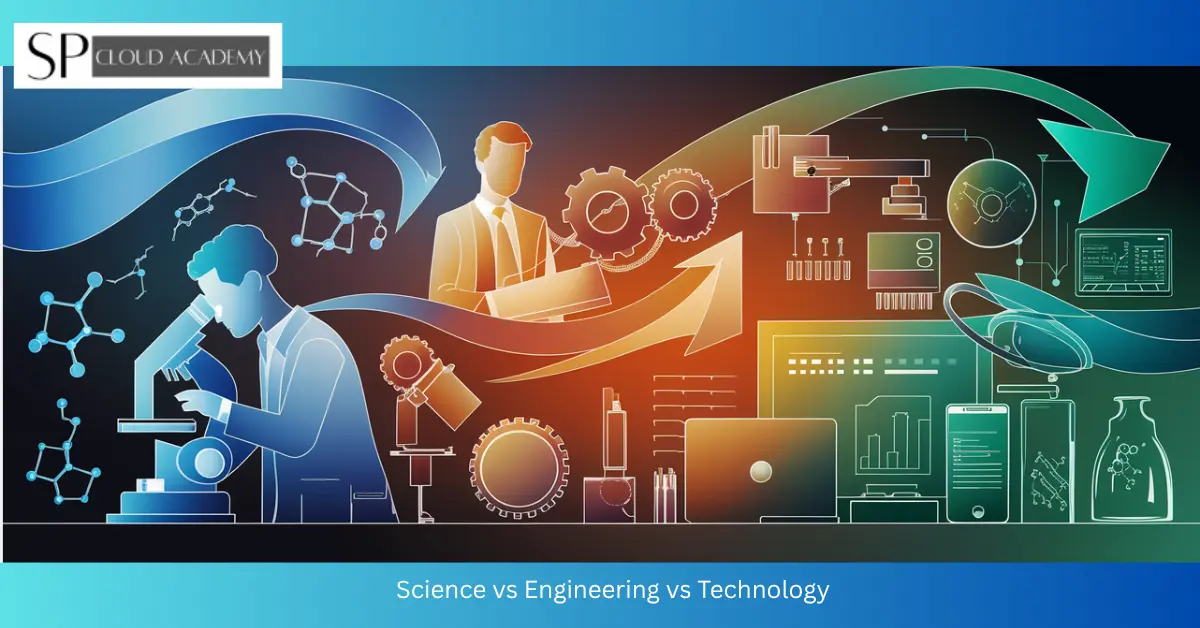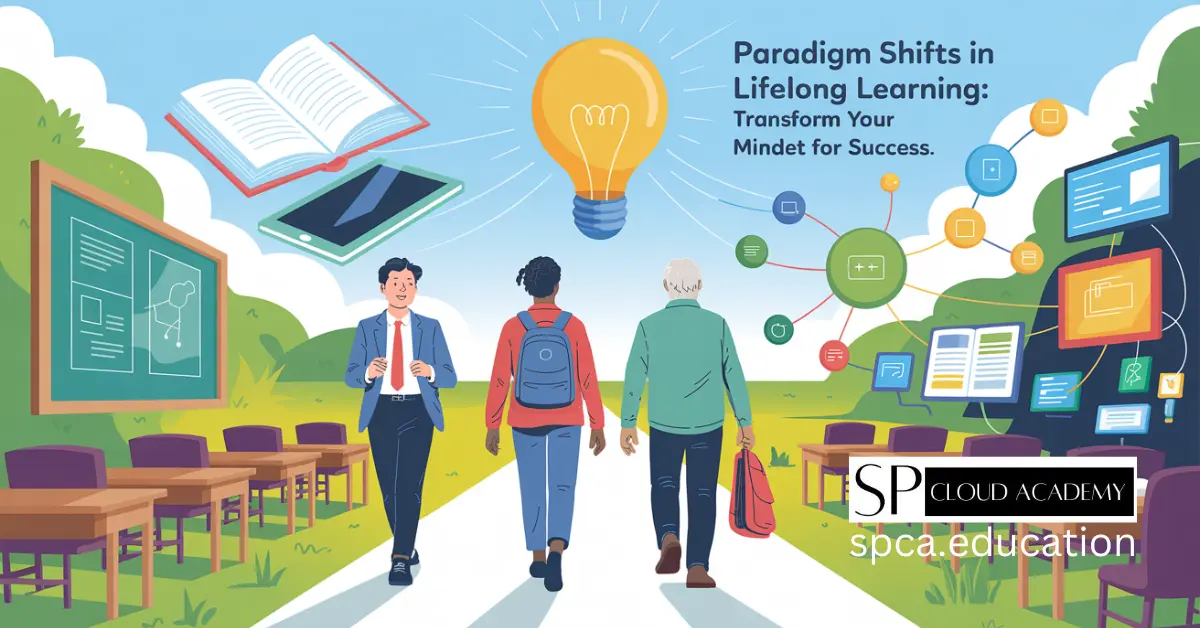Introduction to Adaptive Learning Systems
Definition and Overview
Adaptive learning systems are advanced educational technologies designed to provide personalized learning experiences. Unlike traditional methods, these systems use data-driven approaches to adapt the pace and style of instruction to the learner’s individual needs. By analyzing performance metrics, adaptive systems tailor content delivery, ensuring each student progresses efficiently and effectively.
The Evolution of Adaptive Learning Systems
The concept of personalized education has roots in educational psychology, but the advent of digital technology revolutionized its implementation. Early computer-based learning programs in the 1980s and 1990s set the foundation, but the integration of artificial intelligence (AI) and machine learning (ML) in the 21st century enabled unprecedented advancements in adaptive learning.
Importance in the Modern Educational Landscape
With the increasing diversity of student needs and the proliferation of online education, adaptive learning has become a cornerstone of modern pedagogy. It bridges gaps in traditional methods, ensuring inclusivity and catering to different learning styles, thereby democratizing access to quality education.
The Mechanics of Adaptive Learning Systems
How Adaptive Algorithms Work
At the core of adaptive learning systems are sophisticated algorithms that analyze student performance in real time. These algorithms assess variables like response accuracy, speed, and patterns, enabling the system to adjust the difficulty level and type of content.
Personalization Through Data Analytics
Data analytics plays a pivotal role in adaptive learning. By collecting and interpreting vast amounts of data, these systems create detailed learner profiles, which guide the customization of content. This ensures that students receive material that matches their current understanding and skill level.
Integration of Artificial Intelligence and Machine Learning
AI and ML enhance the adaptability of these systems. AI-driven engines predict future performance and recommend interventions, while ML algorithms continuously improve the system’s accuracy by learning from new data.
Benefits of Adaptive Learning Systems
Improved Student Engagement
Adaptive learning keeps students engaged by presenting challenges suited to their skill levels. This prevents boredom from overly simple tasks and frustration from overly difficult ones.
Customized Learning Paths
Each learner progresses along a path tailored to their strengths and weaknesses. This individualization ensures that no student is left behind and that advanced learners remain challenged.
Real-Time Feedback and Assessments
Instant feedback helps students understand their mistakes and learn effectively. Additionally, educators gain access to comprehensive reports that highlight areas needing attention.
Key Features of Adaptive Learning Platforms
Interactive Learning Modules
These platforms often include interactive elements such as simulations, quizzes, and multimedia content, making learning dynamic and enjoyable.
Gamification and Immersive Learning
Gamification introduces elements like rewards and progress tracking, while immersive tools like VR foster experiential learning, deepening understanding.
Analytics Dashboards for Educators
Educators benefit from dashboards that provide insights into student progress, engagement, and performance, enabling data-driven teaching strategies.
Case Studies: Successful Implementations
Adaptive Learning in K-12 Education
In K-12 education, adaptive learning systems have transformed classrooms by accommodating diverse student needs. Schools leveraging platforms like DreamBox and Smart Sparrow report improved math and reading proficiency. For example, a middle school in California implemented adaptive math programs, resulting in a 20% increase in standardized test scores within a year. Teachers noted that students were more engaged, as the system allowed them to explore topics at their own pace, reducing stress and fostering confidence.
Higher Education Institutions Using Adaptive Technology
Universities and colleges have also embraced adaptive learning to enhance student retention and success rates. Arizona State University’s collaboration with adaptive learning platform ALEKS for mathematics courses led to a 16% increase in course completion rates. Similarly, Georgia State University’s use of predictive analytics and adaptive tools has significantly reduced dropout rates among at-risk students.
Corporate Training and Skill Development
In the corporate world, adaptive learning is revolutionizing employee training programs. Companies like IBM and Deloitte use adaptive platforms to deliver personalized skill development courses. IBM’s use of AI-driven learning paths has reduced training time by 30%, while improving employee performance and satisfaction. This approach ensures employees acquire skills relevant to their roles, enhancing productivity and career growth.
Challenges and Limitations
Technical and Infrastructural Barriers
Despite its benefits, implementing adaptive learning systems can be challenging. Many institutions, particularly in developing regions, lack the infrastructure and internet connectivity required to support these platforms. Additionally, the high costs associated with purchasing and maintaining advanced systems deter widespread adoption.
Data Privacy Concerns
Adaptive learning systems rely heavily on data collection, raising significant privacy concerns. Protecting sensitive student information from breaches and misuse is a critical challenge. Stricter regulations, such as GDPR in Europe, demand robust data security measures, often complicating implementation.
Resistance from Traditional Educators
Some educators resist adopting adaptive learning due to unfamiliarity with technology or skepticism about its efficacy. Overcoming this resistance requires comprehensive training and demonstrating the tangible benefits of adaptive learning in enhancing student outcomes.
Future Trends in Adaptive Learning
The Role of Virtual Reality and Augmented Reality
Virtual reality (VR) and augmented reality (AR) are poised to take adaptive learning to new heights. By immersing students in realistic simulations, these technologies enhance experiential learning. For instance, medical students using VR to practice surgeries can receive adaptive feedback based on their performance, improving their skills in a controlled environment.
Predictive Analytics in Education
Predictive analytics will play a pivotal role in preempting challenges students may face. By analyzing historical and real-time data, adaptive systems can predict which students are at risk of falling behind and recommend proactive interventions.
Global Reach and Scalability
As internet access expands globally, adaptive learning systems will reach underserved populations, bridging educational gaps. Scalable solutions, powered by cloud computing, will ensure that institutions of all sizes can afford and implement these technologies.
Steps to Implement Adaptive Learning in Institutions
Assessing Institutional Needs
Before adopting an adaptive learning system, institutions must evaluate their specific requirements. Factors such as curriculum goals, student demographics, and technological readiness should guide the selection process.
Choosing the Right Platform
Selecting the right platform is crucial for success. Institutions should prioritize platforms that align with their goals, offer scalability, and provide robust support. Conducting pilot programs can help identify the best fit.
Training Educators for Effective Usage
Educators play a key role in the success of adaptive learning systems. Comprehensive training programs should equip them with the skills needed to integrate technology into their teaching methodologies effectively.
Comparison with Traditional Learning Systems
Key Differences and Similarities
While traditional learning follows a one-size-fits-all approach, adaptive systems tailor education to individual needs. However, both methods share the goal of imparting knowledge and fostering growth, making them complementary in certain contexts.
Advantages of Adaptive Learning Over Traditional Methods
Adaptive learning offers several advantages, including personalized instruction, real-time feedback, and improved engagement. These benefits make it a powerful tool for addressing the limitations of traditional education.
Addressing the Criticisms of Both Approaches
Critics argue that adaptive learning systems may depersonalize education or rely too heavily on technology. Balancing adaptive tools with human interaction can address these concerns, ensuring a holistic learning experience.
Conclusion
Adaptive learning systems are revolutionizing education by leveraging technology to provide personalized and engaging experiences. From K-12 classrooms to corporate training programs, their impact is evident in improved outcomes and accessibility. While challenges like data privacy and resistance to change persist, the potential of adaptive learning to transform education is undeniable.
As the digital age progresses, integrating advanced tools like AI, VR, and predictive analytics will further enhance adaptive learning systems. By addressing challenges and fostering collaboration between educators and technology, we can ensure that these systems continue to democratize education, preparing learners for a rapidly evolving world.
The future of education is adaptive, inclusive, and driven by innovation.
See Also
-

The Ultimate Guide to Brainstorming: How to Turn Any Idea into Gold
-

The Hidden Secrets Behind Motivation Theory: What Really Drives Human Behavior
-

Short and Smart or Long and Strong? Choosing Between Skill-Based and Professional Diplomas
-

What’s the Real Difference Between Science, Engineering, and Technology?
-

Equality or Equity? The Hidden Key to Truly Inclusive Classrooms
-

Equality vs. Equity: Why Treating Everyone the Same Isn’t Always Fair
-

Teaching vs. Facilitating: Which Approach Shapes the Future of Engineering Education?
-

Paradigm Shifts in Lifelong Learning: Transform Your Mindset for Success
-

From Trend to Transformation: The Rise of Paradigm in Modern Life
